Your basket
All items are in stock.
Some items are not in stock. Restocking around if you validate today.
Some of your items are not in stock.
Some of your items are not available. Please remove them from your basket.
✓
In stock
Soon available. Only in stock.
Expected on . Only in stock.
On order. Only in stock.
Limited stock. Only in stock.
Sold out.Only in stock.
Available soon.Only in stock.
On quotation.Only in stock.
(-#%)
#
#
#
Free
UNBEATABLE PRICE:
Discount code
Total discount
Subtotal (VAT incl.) (VAT excl.)
Voucher deduction
Spend more until free delivery (mainland France only).
Free delivery to metropolitan France




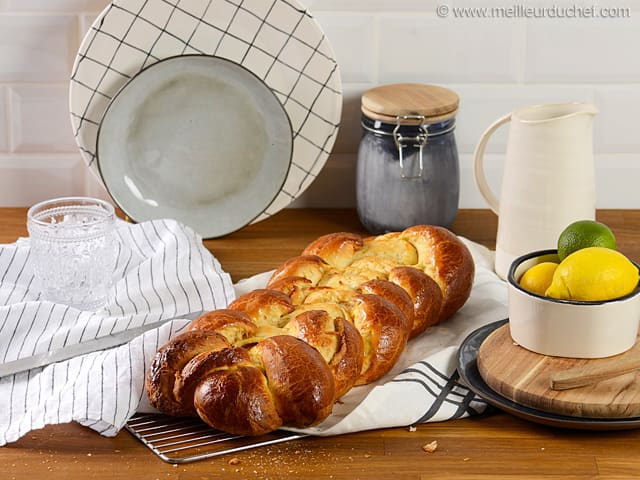
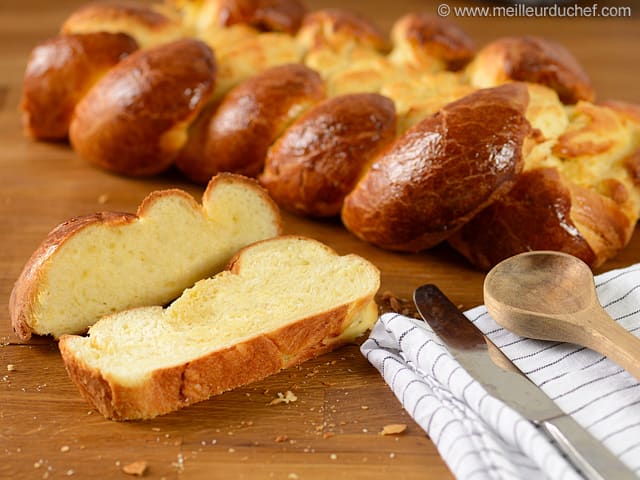





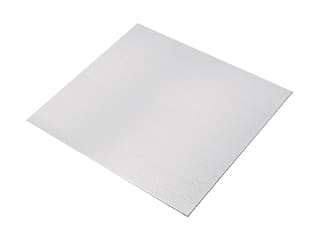
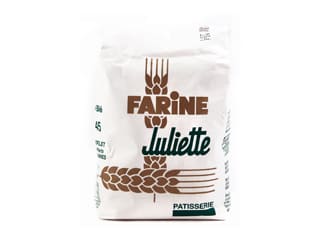

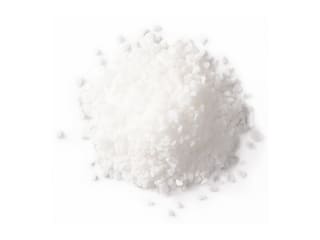

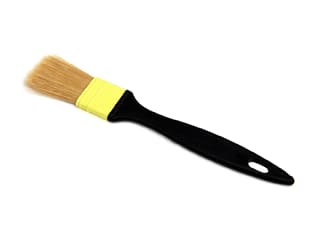

Par contre si je peux poser une question - j’ai tressé la brioche mais après le 2ème repos la pâte a beaucoup gonflé et du coup on voyait pas bien les tresses..est ce que j’aurais du la tresser plus serré? (Pour le 2ème repos je l’ai mis au four à 35c pendant 1,5h)
En tout cas merci pour cette recette, c’est à refaire!